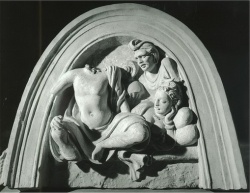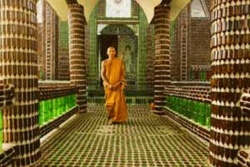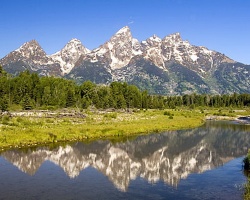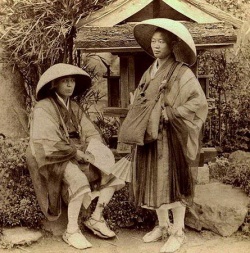The mountain Meru
Our sources on Alexander are focused on warfare, but they give some Information about the Gandarians too.
Their towns were surrounded by brickwork fortifications, they fought with spears and arrows -no swords and shields are mentioned- and their leaders wore cuirasses.
They had beautiful buffaloes (Alexander wanted to send them to Macedonia), and their towns were ruled by an aristocracy.
Once, a queen is mentioned.
And the Gandarians buried their dead in wooden coffins, which were placed on the hills around their towns. This custom still exists among the Kafirs, a local tribe near Chitral.
One of the strangest aspects of Alexander's campaign in Gandara is the discovery of the town Nysa and the mountain Meros. The place can not be localized with absolute certainty.
According to the Macedonians and Greeks, this was the place where the God Dionysus was born. Indian sources speak about Meru, the central mountain on which the World rested.
The God that was worshipped on the Meru and was identified with Dionysus, may have been Shiva or Vishnu.
There is one description of the sanctuary, which must have played an important role in the Religion of the Gandarians. It can be found in the Life of Apollonius of Tyana by the Greek author Philostratus (c.175-c.245).
This Apollonius was a charismatic teacher who, according to his biographer, visited India in the first century CE.
It is not clear whether Apollonius did indeed visit Gandara, but it is certain that Philostratus used a document that contained reliable Information about India.
Apollonius and his disciples crossed the river Cophen, themselves in boats, but the camels by a ford on foot; for the river had not yet reached its full size here.
They were now in [the country] in which the mountain of Nysa rises, covered to its very top with plantations [...], and you can ascend it, because paths have been made by cultivators.
They say then that when they ascended it, they found the shrine of Dionysus, which it is said Dionysus founded in honor of himself, planting round it a circle of laurel trees which encloses just as much ground as suffices to contain a moderate sized temple.
He also surrounded the laurels with a border of ivy and vines; and he set up inside an image of himself, knowing that in time the trees would grow together and make themselves into a kind of roof; and this had now formed itself, so that neither rain can wet nor wind blow upon the shrine.
And there were sickles and wine-presses and their furniture dedicated to Dionysus, as if to one who gathers grapes, all made of gold and silver.
And the image resembled a youthful Indian, and was carved out of polished white stone.
Philostratus, Live of Apollonius of Tyana 2.8;
tr. F.C. Conybeare]



